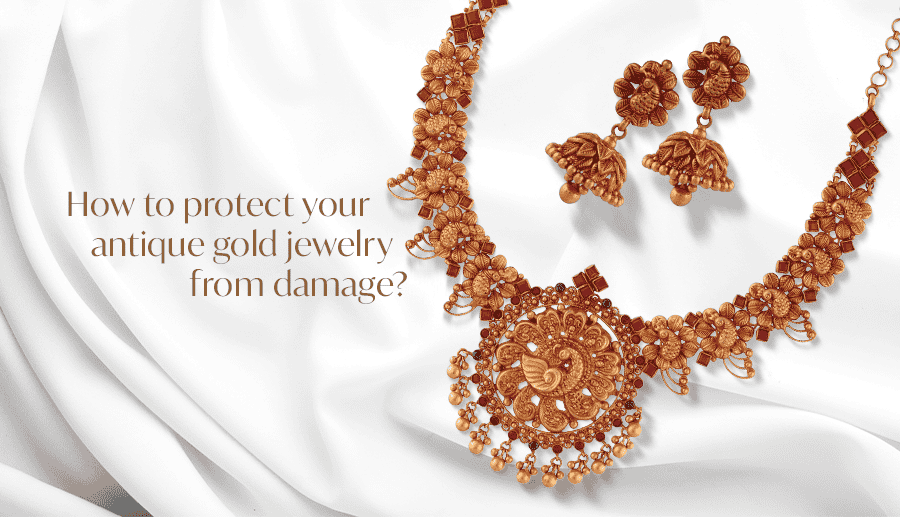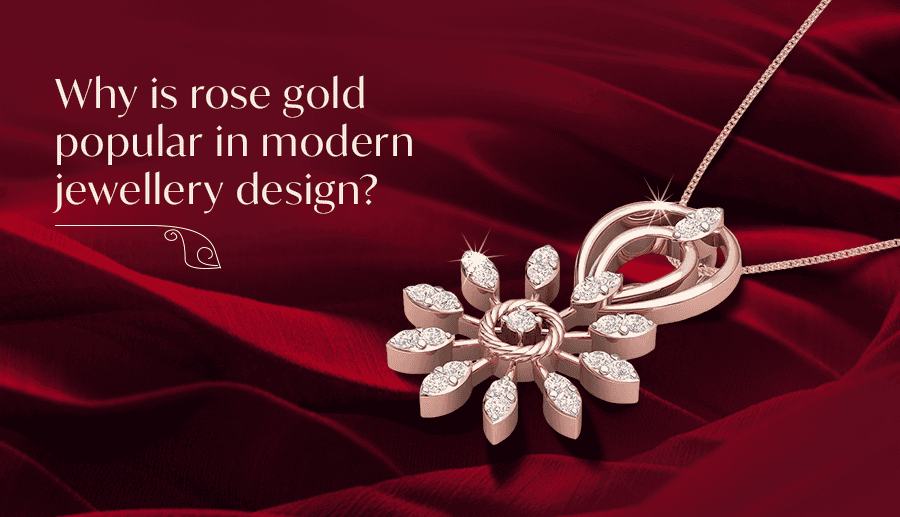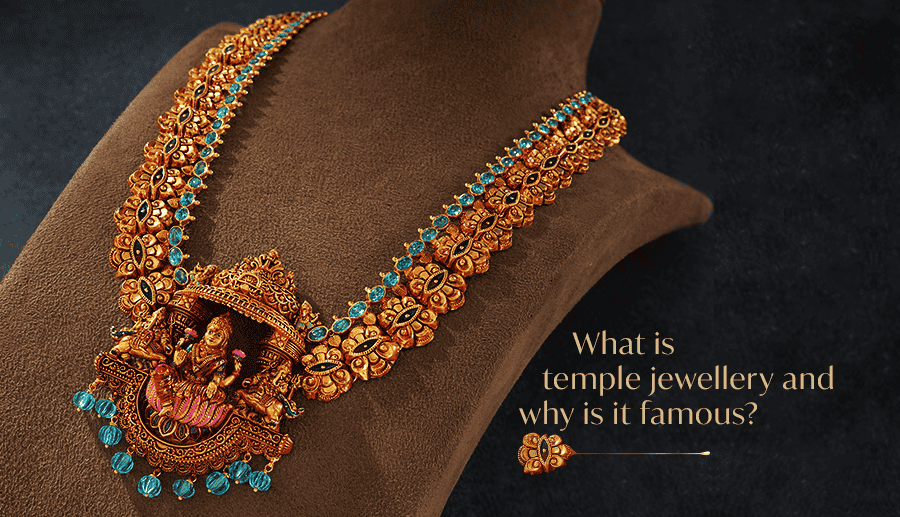Home > Blog > How to spot fake diamonds?
.png)
Author:KIRTILALS TEAM
How to spot fake diamonds?
Diamonds represent more than just sparkling stones. They symbolise love, commitment, and a touch of timeless luxury. Whether choosing a diamond for a nose pin, pendant or engagement ring ensuring its authenticity remains essential. With the increasing presence of high-quality imitations in the market, distinguishing real diamonds from fake ones requires knowledge, scrutiny, and attention to detail. This comprehensive guide will walk you through all the vital steps to confidently verify a diamond's authenticity and protect your investment.
Request a Certificate of Authenticity
Always begin with certification. A genuine diamond of quality should come with a certificate from a recognised gemmological authority. The most reputable bodies include the Gemological Institute of America (GIA) and the American Gem Society (AGS). These organisations use rigorous standards to evaluate diamonds based on the four Cs: Cut, Colour, Clarity, and Carat Weight.
A certified diamond includes a detailed report outlining its characteristics and grading. This document serves as official proof of authenticity and allows you to compare diamonds more objectively. Certificates from less well-known agencies or retailers may not follow the same standards, so it's important to check the credibility of the issuing authority.
Assess the Cut and Sparkle
The way a diamond is cut plays a crucial role in its ability to reflect light. A precisely cut diamond captures light, bounces it between facets, and emits a lively sparkle from the top surface. This interplay of light gives genuine diamonds their signature brilliance and fiery glow.
In contrast, imitation stones like cubic zirconia usually fail to replicate this effect. They often display a more pronounced rainbow-like shimmer that can seem unnatural, especially under natural lighting. If a stone looks overly colourful or its sparkle appears dull or dispersed, it may not be a real diamond.
Examine the Colour Range
Diamonds naturally occur in a range of colours, from completely colourless to various tints of yellow or brown. The most valuable diamonds are colourless, categorised from D (completely colourless) to Z (light yellow or brown). However, even diamonds with slight colour can be authentic and valuable.
Fake stones, especially glass or synthetic alternatives, often appear unnaturally clear or overly colourless. If a diamond looks flawless in colour but comes with a surprisingly low price, this is a potential red flag. Always compare the stone to a certified colour scale, and if possible, inspect it under different lighting sources.
Inspect Clarity
Clarity refers to the presence of natural imperfections, or inclusions, within the diamond. These imperfections are a hallmark of real diamonds and form part of their natural character. Most real diamonds have at least a few inclusions, which can appear as tiny black dots, white lines, or other internal markings.
Use a jeweller's loupe or magnifying glass to examine the interior of the stone. A flawless appearance, especially in a low-priced stone, should raise suspicion. Cubic zirconia and other lab-grown substitutes often appear perfect to the naked eye. Though lab-grown diamonds can also possess inclusions, they typically differ in appearance from those in natural stones.
If you are unsure, consult a certified gemmologist who can perform a microscopic inspection to confirm authenticity.
Verify the Carat Weight and Size Proportion
Carat weight measures the diamond's mass, not its size. However, a diamond's weight and dimensions should correspond logically. Real diamonds are denser than most imitations, meaning a diamond and a similarly sized cubic zirconia will have noticeably different weights.
If a stone appears too large or heavy for its listed carat weight, this could suggest it's a fake. Reputable jewellers will provide both the carat weight and the stone's physical dimensions. Cross-reference these with standard sizing charts to ensure they align with expectations for genuine diamonds.
Look for Laser Inscriptions
Many certified diamonds have a microscopic laser inscription on the girdle—the thin outer edge of the diamond. This inscription usually includes the certificate number and sometimes a logo from the grading authority. It is visible only under magnification, and a jeweller should be able to point it out using a loupe or microscope.
The presence of a laser inscription adds an extra layer of security and helps verify the diamond against its certification. However, be aware that some imitations may carry fake inscriptions, so it is always best to confirm the inscription number matches the official certificate.
Beware of Deals That Seem Too Good to Be True
Finally, trust your instincts. If a diamond is priced far below market value for its size and supposed quality, exercise caution. Counterfeit stones often come with aggressive sales tactics, vague or unverifiable documentation, and prices that feel suspiciously low.
Do your research, compare prices from multiple sources, and always purchase from reputable jewellers who provide full transparency and guarantees on their products. For instance, if you're considering a diamond nose pin, ensure it's certified and from a trusted source. At Kirtilals, we offer an exquisite collection of diamond nose pins crafted with precision and authenticity. Each piece is certified and designed to complement both contemporary and traditional looks. In addition to nose pins, our collection features intricately designed earrings, elegant pendants, graceful bangles, and stunning rings—all crafted to the same exacting standards of quality and style. Whether you're building a complete jewellery set or selecting a signature piece, we offer timeless options that celebrate the essence of true craftsmanship.


